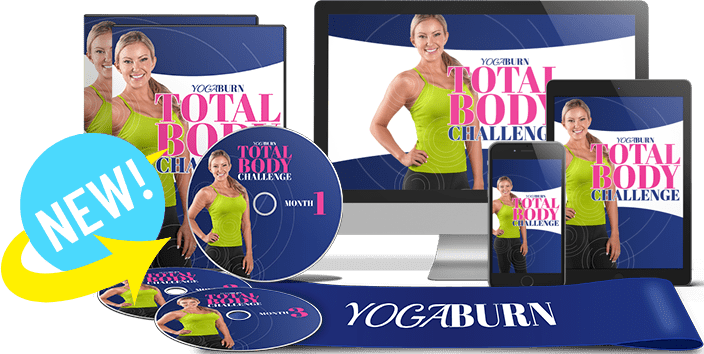Classical yoga has developed over time to include many different styles for a range of situations, needs, and preferences. However, the majority of Yoga styles still fall neatly into either the therapeutic or the meditative category. Both categories have many hundreds of different Asanas,(poses or positions), and all of these are designed to benefit both the body and the mind.
Yoga takes the five ‘prayer’ positions and uses a corresponding yoga position to activate the seven chakras in the body. A Chakra is a type of energy field or is sometimes thought of as a key position in the flow of energy throughout our body. Each different type of Yoga and each different Yoga position will have a different chakra as its core emphasis. All of these positions, which we tend to think of nowadays in Western Yoga as exercises, were in fact originally the preparation for the Yogi to enter a state of meditation.
The actual positions or poses of Yoga are known as Asanas and they may seem complicated or difficult to a new Yoga student. It’s important not to forget that all of the basic positions of Yoga are designed to improve the body’s strength and flexibility, and as these characteristics are improved it also makes the positions more comfortable and easier to settle into. The deep stretching that is the basis of most Yoga positions is beneficial for trauma disorders, tendonitis, carpal tunnel syndrome, and tennis elbow amongst others.
Before you begin you may find it beneficial to attain a basic knowledge of the philosophy and theory behind Yoga, however, this is not a requirement or essential to your success. It does assist with being comfortable settling into and performing the poses associated with Yoga, and it should be remembered that if you cannot do this then you will probably not benefit from Yoga.
There is a common misconception about Yoga that it is only for the tremendously flexible who can contort themselves into weird and wonderful positions. Chanting is often also associated with a Yoga class in people’s preconceptions. Neither of these ideas is true. The Yoga positions are generally quite easy to get into but they do have several different depths in many cases. This means that a complete beginner can move into a position and still benefit from it at a great level after many years of Yoga. There are some advanced positions that a beginner should probably not bother themselves with. Just as you are not going to compete with top marathon runners on your first-day jogging, but can still get benefits, you are also not going to be able to ease into some of the positions that an instructor is capable of. Likewise, if you are pregnant or perhaps have an injury such as a bad back you should inform your Yoga instructor before you begin. There are some positions that can actually be detrimental to certain conditions. Twist exercises with a recurring back injury are one of these.
Yoga is something that is most beneficial in a comfortable environment, as the muscles will stretch better when they are still warm. It’s important to learn the discipline to enter and leave each new pose or position slowly. Not only does this help avoid injury but also the movement from one pose to another is often part of the program. Don’t hold the poses and positions longer than is natural for you either. As you become more used to practicing the Yoga positions each day the benefits will allow you to hold a position with more ease for longer periods of time.
When practiced correctly the benefits of Yoga are many. Lubrication of the joints, ligaments, and tendons will result directly from performing the exercises best suited to you. Posture will increase dramatically and you will also experience a sense of well-being. There is also a deeper spiritual level to Yoga (it actually has its own philosophy and code of ethics) that you will move closer to and enhance each time you stretch and go through the breathing exercises.
DISCLAIMER:
This information is not presented by a medical practitioner and is for educational and informational purposes only. The content is not intended to be a substitute for professional medical advice, diagnosis, or treatment. Always seek the advice of your physician or other qualified healthcare providers with any questions you may have regarding a medical condition. Never disregard professional medical advice or delay in seeking it because of something you have read.
Since natural and/or dietary supplements are not FDA-approved they must be accompanied by a two-part disclaimer on the product label: that the statement has not been evaluated by FDA and that the product is not intended to “diagnose, treat, cure or prevent any disease.”


